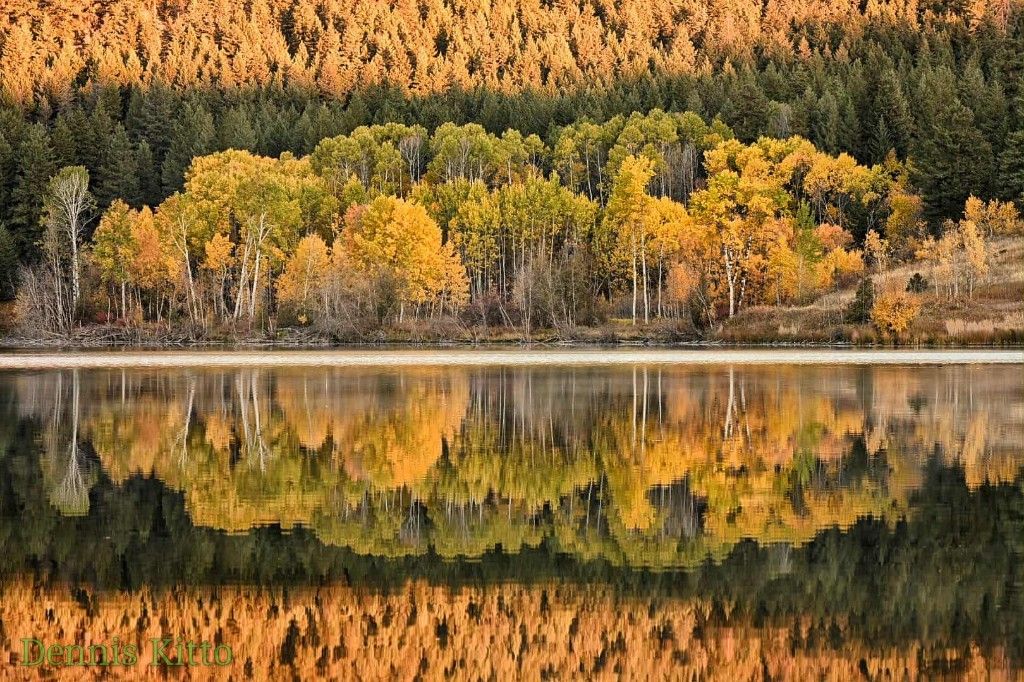Elevate your local knowledge
Sign up for the iNFOnews newsletter today!

It isn’t uncommon in Kamloops and the Okanagan for a stretch of sunshine and warm days to appear suddenly in late fall just as memories of summer are fading.
The weather phenomenon Second Summer appears after a least one frost but before the first snowfall, when the atmosphere can be hazy, there is little or no wind and the temperatures fluctuate greatly between day and night, according to The Old Farmers Almanac.
This unique weather pattern is known by many different names around the world.
In numerous countries including Switzerland, Austria, Estonia, Finland and Ukraine, the period of late fall warmth is known as Summer of Old Women, a term derived from the spider webs and threads that are more visible in fall when the dew hits them and which resemble an old women’s long grey hair.
However, some countries also name this season after saints who have their name day in fall. Sweden calls it Birgitta’s summer after St. Birgitta, while in Serbia and Spain is it referred to as Michael’s Summer after St. Michael who is celebrated in October. Some Europeans call it St. Martin’s Summer as St. Martin’s Day is on Nov. 11 when unusually late warm spells can start.
The term Indian Summer is centuries old and its origins are not known. Today, the term is considered offensive by some, with newer, alternative terms being used including Second Summer and Extended Summer.
Elijah Mack-Stirling with the Nuxalk Nation is the former president of the BC Association of Aboriginal Friendship Centres. He also owns the Kekuli Cafes in Kamloops and Merritt.
“I think it should be called Second Summer, it’s a more culturally appropriate phrase,” he said. “Although the term ‘Indian’ isn’t socially acceptable from coast to coast and we approach it as Second Summer, a good friend once told me no matter what the government decides to label us, we have been true Indians in what we call Canada for as long as we’ve known.”
Joey Roo, with the Simpcw First Nation, grew up in Kamloops where he returns often from Victoria to partake in Truth and Reconciliation fashion shows.
“I can’t speak for the whole community but I personally refer to myself as Indigenous and folks from India as Indians,” he said. “The term hasn’t really been part of my vocabulary but I can see how it is for some. There are other terms for a longer feeling summer to use without bringing race or nationality into it.”
According to the Canadian Encyclopedia, the expression was used in the early 19th century in Canada and earlier in the U.S. The Toronto Meteorological Observatory recorded the date of certain periodic events including Indian summers until 1871, with records showing the phenomenon occurring in late October or the first half of November and lasting from a few days to about a week.
Some unproven origin theories mentioned by the Old Farmers Almanac suggest the term came from the Narragansett people who lived in what is now the northeastern U.S. and believed the warm weather came from a god called Cautantowwit, or it was named by Native Americans to describe a brief warm time in fall used to increase winter stores.
It isn’t clear whether Kamloops and the Okanagan residents will get to experience the weather phenomenon in the coming months.
“This fall had a very warm start to it with record temperatures highs in September in Southern Interior,” Environment Canada meteorologist Ken Dosanjh told iNFOnews.ca.
“As we shift into October and November, we do see some signals for warmer than normal conditions as well as potentially wetter than normal conditions. These climate models that we look at don’t tell us how each individual weather event will occur or how long they’ll be but this fall is predicted to be above normal in terms of temperature.”
Second Summer doesn’t happen every year in the Southern Interior, and it is wonderful to experience when it does.
Want to share your thoughts, add context, or connect with others in your community?
You must be logged in to post a comment.